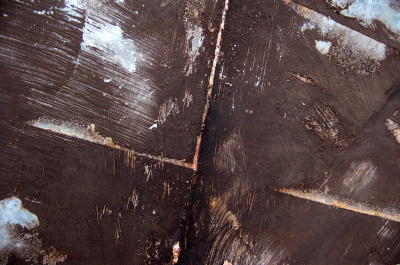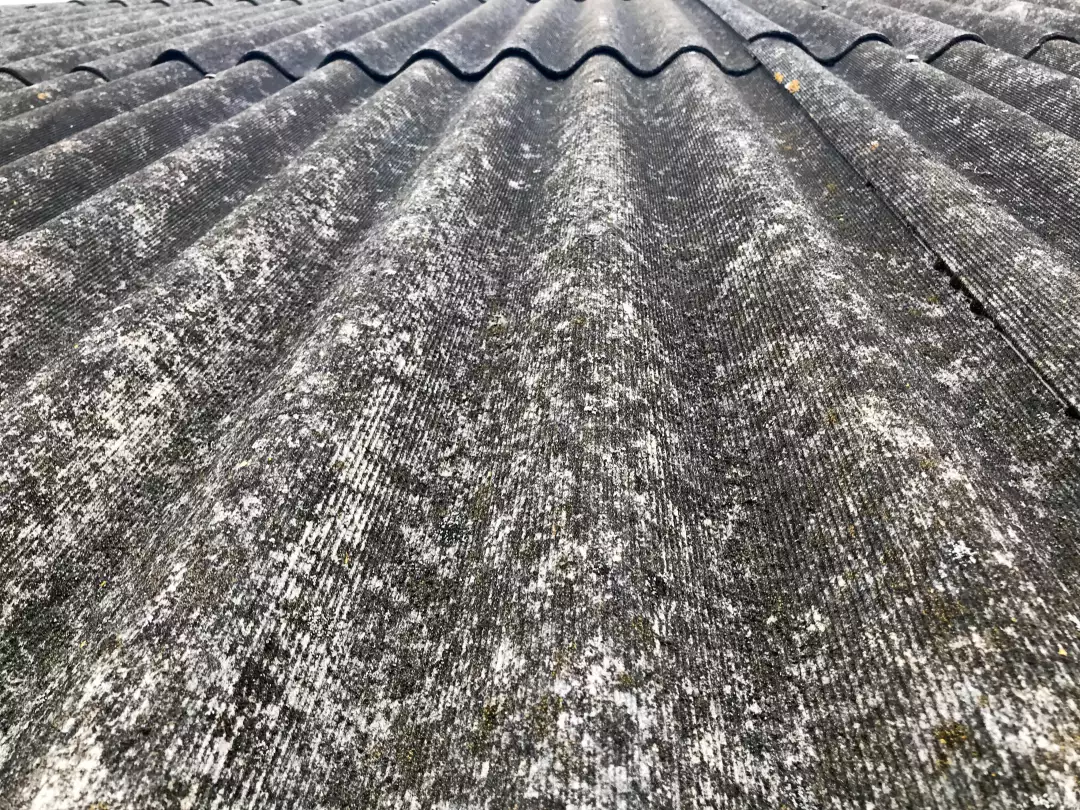Who Can Remove Asbestos?
The naturally occurring mineral asbestos may adversely impair people's health if it is disturbed. Several factors, such as the kind and quantity of asbestos present, influence whether or not asbestos should be removed. These topics, as well as useful details on the subject of asbestos removal, will be explored in this article. Because asbestos is a hazardous material, it should only be removed by trained professionals who know how to handle and safely dispose of the material. According to the Health and Safety Executive (HSE), the majority of asbestos removal works require a contractor to hold a valid licence from the UK government's Approved Inspector of Buildings (AIB). Licences may also be given for certain projects.
Only those with an HSE-issued licence are permitted to work with certain asbestos-containing materials. The HSE is able to periodically assess licences and the performance of licence holders since licences are provided for a specific amount of time (often one or three years). Not every asbestos-related job needs a licence. However, due to the danger associated with these higher-risk materials, any work using sprayed asbestos coatings, asbestos insulation or lagging, or the majority of work involving asbestos insulating board (AIB), requires a permit.
Can You Remove Asbestos Yourself?
No, you cannot remove asbestos by yourself and you shouldn't try. Specialised tools and equipment, as well as information and instruction on how to use them properly, are necessary for asbestos removal. Experts must also be able to identify any possible asbestos contamination and guarantee that any material disruption is kept to an absolute minimum. Never attempt to handle or remove asbestos yourself. Once asbestos has been disturbed, it becomes dangerous because the fibres are liberated and might be ingested. You must not touch something that you believe to be asbestos if you come across it. Instead, you should keep it segregated and see a professional. If asbestos is present, only experts who have been trained to handle it should handle and remove it. You would seriously endanger both yourself and people nearby if you attempted to remove asbestos on your own.
People who are near disturbed asbestos run the risk of inhaling asbestos fibres and contracting illnesses such as mesothelioma, asbestosis, asbestos-related lung cancer, and pleural thickening. Due to prolonged exposure, this usually occurs over a lengthy period of time. However, if you do try to remove asbestos yourself, it is quite probable that these particles will stay in your house because asbestos is difficult to identify (asbestos fibres are around 10 times smaller than the diameter of a human hair). This implies that over time, you and others may be breathing asbestos in and run the danger of developing a serious illness.

Need assistance finding asbestos removal near you?
Get a QuoteWhat Happens If Asbestos Fibres Are Disturbed?
You incur the danger of inhaling asbestos fibres since they are tiny and can become airborne when disturbed. If the fibres are swallowed, they may get lodged in the digestive system or lungs as well as the mucous membranes of the nose and throat. Asbestos fibres can cause a variety of health issues when they become stuck in the body. When asbestos is friable, which means that it can be readily broken up by hand to release the fibres into the air, there is a danger of exposure.
The chance of asbestos becoming friable increases with damage and degradation, such as from water damage, ageing, and the physical force from drilling or cutting. This causes the substance and fibres to break down, making it easier for them to escape and increasing the risk to your health. The type of asbestos you have in your house will determine the level of risk it presents to your health because while asbestos floor tiles are not friable, sprayed asbestos insulation is extremely friable. To prevent asbestos fibres from entering the air, asbestos should be kept in place until it can be properly removed, as long as it is located in a place where it cannot be disturbed or harmed.
Is Asbestos Removal Necessary?
Significant medical conditions including asbestosis, mesothelioma, and lung cancer may result from inhaling these particles. When asbestos removal is not done correctly, it may be highly dangerous. When removing asbestos, there are specific measures you must follow in order to minimise the chance of breathing these dangerous particles. Depending on the type of asbestos you have, your home may need to be evacuated. If the material isn't disturbed or damaged, it doesn't pose as much of a threat and may thus be left in place without needing to be removed.
Since higher-risk asbestos-containing materials are more likely to release fibres when they are removed, it might be helpful to have an asbestos survey done to ascertain whether your health is in danger from the asbestos in the home. Because removing asbestos may be so dangerous, it's crucial to have a licenced expert handle it so they can do it safely and properly dispose of it. Even if there are no laws against the self-removal of asbestos, you shouldn't try to handle or remove it yourself if it's a friable variety of asbestos since you run the danger of inhaling the fibres.
Do You Need A Licence To Remove Asbestos?
If you intend to remove asbestos from a building, you must have a current licence from the AIB. In accordance with Regulation 8, an employer that does any work with asbestos, as previously described, must hold a current licence. The duration of licences, which are particular to the contractor, is three years. Prior to expiration, licences must be renewed in order to continue asbestos removal activities. If asbestos is disturbed, it can have a major negative impact on one's health. Therefore, it's crucial to consult a qualified expert before beginning any asbestos removal operations.
To remove asbestos safely and successfully, only licenced, qualified specialists should be utilised since they have the requisite training and experience. Products containing asbestos are found in thousands of older buildings, and they can endanger the health of everyone who lives or works there. It's crucial that asbestos is removed safely by a professional who is aware of the risks and knows how to properly dispose of this material in order to minimise its risks. Only a licenced contractor should remove asbestos-containing items that pose a higher danger. Since licenced asbestos removal involves higher risk asbestos-containing materials (ACMs), it is a very dangerous activity.
Compared to lesser-risk materials (such asbestos cement), these materials are more likely to release higher amounts of asbestos fibres when removed. As a result, employees who remove higher-risk ACMs need to undergo special training and adhere to certain operating procedures. Additionally, workers need to wear advanced respiratory protection equipment (RPE) and are mandated by law to undergo routine medical examinations. A licence from HSE is needed to perform this activity because of how dangerous it is.
In this article:

